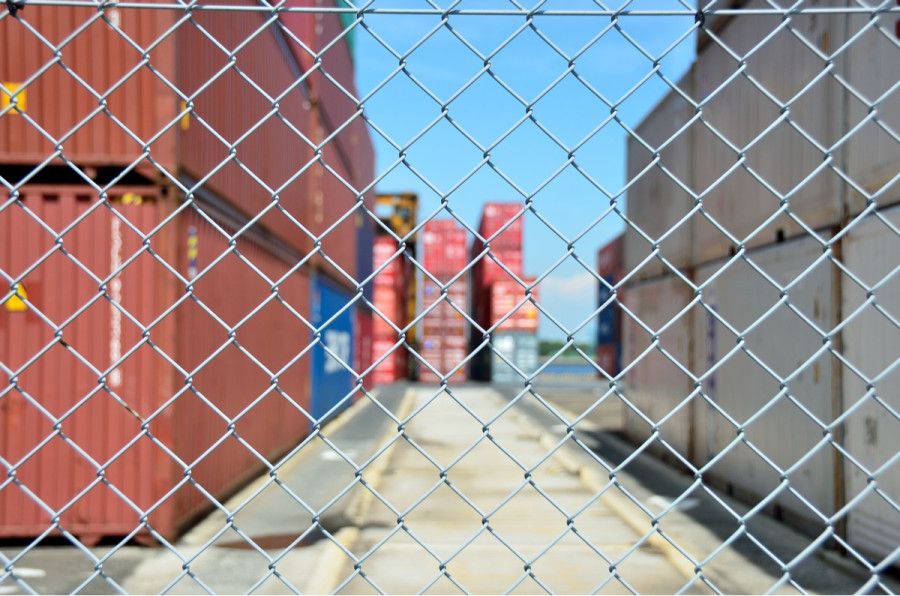Columns
Burdensome barriers to trade
Non-tariff barriers and preference erosion have complicated Nepal’s export strategy.
Bijendra Man Shakya
With average world tariffs dropping and regional and multilateral tariff liberalisation expanding, tariff barriers to trade are no longer a big issue for international traders. For traders in low-income countries, including Nepal, they are even less of a worry as almost all rich countries offer preferential tariff treatment to their exports, except on some sensitive products in selected countries. But these developments have given rise to two troubling issues. While reduced tariffs have prompted importing countries to impose non-tariff barriers, it has also eroded the margin of preference for such countries in trade with preference-giving countries. In Nepal’s case, both issues can have extensive and profound impacts.
Non-tariff barriers are so pronounced in Nepal’s export trade that there is hardly any product not affected by this issue. A majority of products face barriers related to stringent technical requirements and conformity assessments as well as cases linked to rules of origin and inspection.
Exporters of the country’s major agro-based products, such as tea and coffee, or ginger and large cardamom, have often encountered technical requirements like fulfilling product specifications to comply with the importing countries’ health and sanitary standards. Similarly, key manufactured products including carpets and pashmina, or crafts and jewellery, generally had to abide by the limits for residues and prohibition of certain materials or substances. And some products required fumigation and social labelling. Sometimes, exporters find it difficult to prove the value-added requirement for their products to get preferential market access.
However, in principle, these measures are legitimate as long as they are meant to protect health and the environment, or they are in compliance with international standards. Therefore, it is appropriate to refer to these requirements as non-tariff measures which include a wide category of instruments, like sanitary and phytosanitary measures, technical barriers to trade, tariff-rate quota, anti-dumping and countervailing measures and so on.
Non-tariff measures are based on a neutral concept regarding their impact and are applicable to not only exports but also imports. Unlike non-tariff measures, non-tariff barriers imply a negative impact as they intend to obstruct free trade with their strict, complex and less transparent features. Traders find it difficult to comply with such measures and calculate the cost of doing business. Due to these types of complications, Nepali exporters have quite often sacrificed business opportunities in international markets.
Although non-tariff measures are product- and country-specific, there are three main reasons which commonly deter the promotion of Nepal’s export trade. First, there is a lack of information in Nepal with respect to technical requirements besides institutional arrangements to disseminate such information. Second, even if exporters are aware of the requirements and can comply with them, they have a difficult time demonstrating their products are compliant. In other words, there is a lack of institutions for conformity assessment as the certificates issued by Nepali laboratories and institutions are not easily recognised abroad. Therefore, what Nepali exporters find difficult is getting their compliance with the underlying technical regulations certified, not the regulations themselves. Third, Nepal being a landlocked country, exporters face twice the trouble since their cargo has to cross the transit country before reaching the export destinations. As a result, these measures turned into a burden for exporters in terms of cost and time, ultimately affecting their competitiveness internationally.
Whether driven by obligation or intention to protect, non-tariff measures will continue to exist in different forms at different times in cross-border trade. They are likely to intensify in the future due to the growing demand of consumers and increased market sophistication globally. A study done by the International Trade Centre produced a shocking revelation that about one-fifth of the burdensome regulations faced by Nepali exporters were home-grown. This means there is a need to reform the country’s customs and administrative procedures in an extensive way. For this, the private sector should participate skilfully in trade policy advocacy instead of treating it lightly as it has been doing. The government, for its part, should guarantee a trade-friendly environment to support export competitiveness. This is not possible without transparency and predictability along with a commitment to harmonise the measures with bilateral, regional and multilateral negotiations.
Non-tariff measures remain an integral part of trade negotiations. But there are no definite negotiation modalities internationally. The World Trade Organisation has followed three approaches to address the issue. They include bilateral request and offer for removal or easing of such barriers; negotiations to phase out specific kinds of measures in all product lines; and a process of aligning standards related to health, environment and social clauses with an internationally agreed benchmark. Considering these approaches, Nepal’s ability to overcome non-tariff barriers will primarily depend on how it makes a trade-off bilaterally with its trading partners. There is no option but to acknowledge the other two approaches as they are essentially based on multilateral negotiations and international rules.
The problem of non-tariff barriers has always overshadowed the debate on Nepal’s trade policy strategies because their effects are noticed immediately. But the impact of the erosion of preference margin as a result of reduced world tariffs is rarely discussed. This is because its influences are not yet distinct, and will be realised only in the long run. Unlike the trade measures, the implications of preference erosion can neither be negotiated nor avoided as they are the result of the unilateral tariff liberalisation of the trading partners. Its impacts can be offset only by boosting export efficiency. Hence, the potential impact of preference erosion should be treated just like other barriers to trade in Nepal’s policy provisions for its exports to perform well.




 13.98°C Kathmandu
13.98°C Kathmandu















